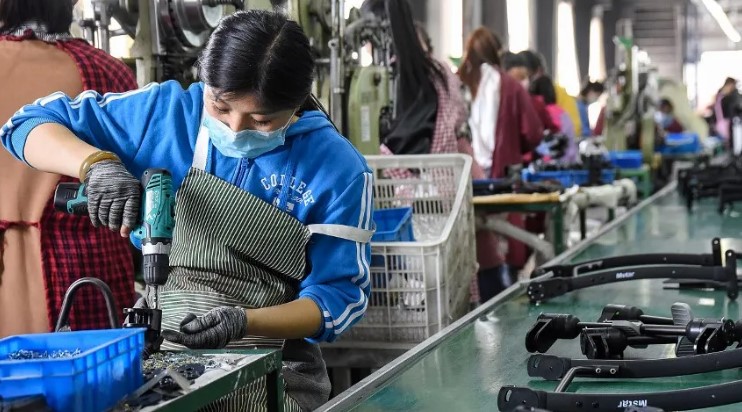China’s factory activity soared in March, reaching its most vigorous expansion in over a year. The Caixin/S&P Global China manufacturing purchasing managers’ index surged to 51.1, surpassing economists’ expectations of 51 and marking a significant improvement from February’s 50.9.
This upbeat trend was mirrored in an official survey, which revealed the strongest manufacturing activity in 11 months. Additionally, non-manufacturing activity experienced a notable uptick, buoyed by encouraging export and retail sales data.

China’s factory activity in March surged to its strongest pace in over a year, signaling robust economic growth prospects.
Despite the optimistic outlook, lingering concerns persist, particularly regarding prices. China has been grappling with persistently low producer prices for well over a year, coupled with a decline in consumer prices in four out of the last five months.
While manufacturers increased purchases and raw material inventories amidst improving business sentiment, employment levels remained subdued, and pricing pressures persisted.
Both input costs and output prices reached new lows since July 2023, indicating fierce market competition.
These developments come amid China’s efforts to achieve a growth target of “around 5%” for 2024 while maintaining a deficit-to-GDP ratio of 3%.
The country is doubling down on strategies for “high-quality growth” and manufacturing, yet economists caution that achieving these goals might necessitate more robust stimulus measures, given the high base of 2023 data.
While the recent uptick in factory activity paints a promising picture for China’s economy, challenges remain, particularly concerning price stability and employment.











































